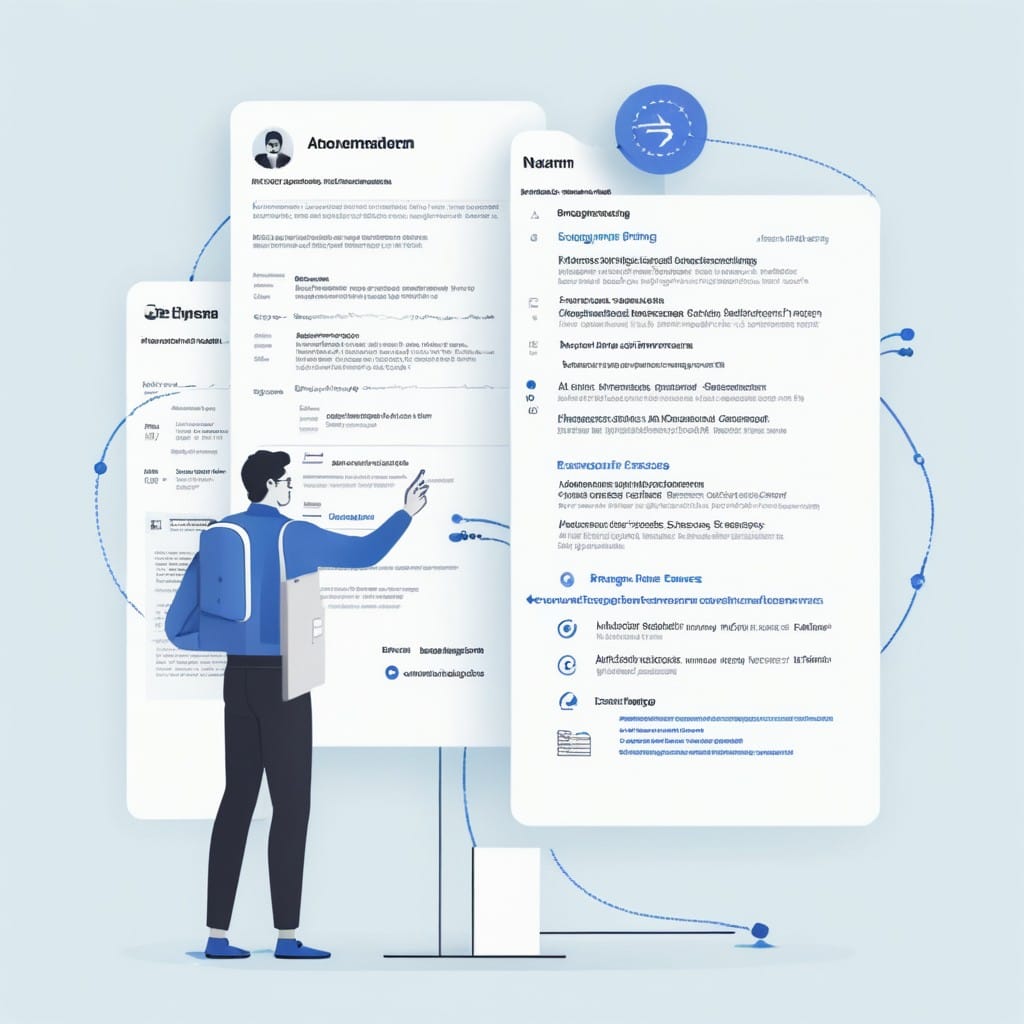Automating Resume Parsing in n8n for Faster Candidate Screening

Recruiting top talent is a time-consuming process, especially when you’re sifting through hundreds of resumes. Manually reviewing each application is inefficient and prone to human error. Fortunately, automation tools like n8n can streamline resume parsing, helping recruiters screen candidates faster and more accurately.
In this blog post, we’ll explore how to automate resume parsing in n8n, reducing manual effort and improving hiring efficiency.
Why Automate Resume Parsing?
- Saves Time – Automating resume parsing eliminates the need to manually extract key details like skills, experience, and education.
- Reduces Bias – Automated systems evaluate resumes based on predefined criteria, minimizing unconscious bias.
- Improves Accuracy – AI-powered parsing tools extract data more consistently than manual reviews.
- Enhances Candidate Experience – Faster screening means quicker responses to applicants.
How to Automate Resume Parsing in n8n
n8n is a low-code workflow automation tool that integrates with various APIs and services. Here’s a step-by-step guide to setting up a resume parsing workflow:
Step 1: Set Up an n8n Workflow
- Log in to your n8n instance (self-hosted or cloud).
- Create a new workflow and name it (e.g., "Automated Resume Parser").
Step 2: Configure a Trigger
Choose how resumes will be submitted:
- Email Trigger – Use the IMAP Email node to fetch resumes from an inbox.
- Webhook – Set up an HTTP endpoint for direct uploads via a job portal.
- Cloud Storage – Fetch resumes from Google Drive, Dropbox, or AWS S3.
Step 3: Extract Resume Data
Use an API to parse resumes. Popular options include:
- Affinda – Extracts structured data from resumes.
- Sovren – AI-powered parsing with deep learning.
- Parseur – Email-based parsing for unstructured resumes.
Example using Affinda:
1. Add an HTTP Request node in n8n.
2. Configure it to call Affinda’s API with the resume file.
3. Parse the JSON response to extract fields like:
- Name
- Contact details
- Work experience
- Skills
- Education
Step 4: Filter Candidates
Use an IF node to filter resumes based on criteria like:
- Minimum years of experience
- Required skills
- Education level
Example:
IF (experience >= 3 AND skills INCLUDES "Python") → Proceed
ELSE → Reject
Step 5: Store & Notify
- Save Data – Use a Google Sheets or Airtable node to log candidate details.
- Send Alerts – Notify recruiters via Slack, Email, or Telegram for qualified candidates.
Step 6: Test & Deploy
Run the workflow with sample resumes to ensure accuracy. Once validated, activate it for real-time processing.
Best Practices for Automated Resume Parsing
- Regularly Update Filters – Adjust criteria based on evolving job requirements.
- Handle Errors Gracefully – Use error-handling nodes to manage parsing failures.
- Ensure Data Privacy – Comply with GDPR/CCPA by securely storing applicant data.
Conclusion
Automating resume parsing in n8n can drastically reduce hiring bottlenecks, allowing recruiters to focus on engaging with top candidates rather than manual screening. By integrating AI-powered parsing tools and setting up smart filters, you can build a scalable, bias-free recruitment process.
Ready to streamline your hiring? Try setting up an n8n workflow today and experience faster, smarter candidate screening!
Would you like a more detailed breakdown of any step? Let me know in the comments! 🚀



